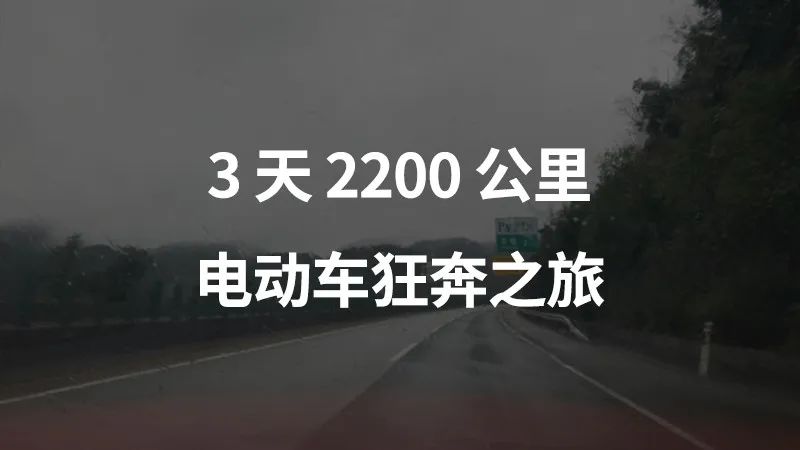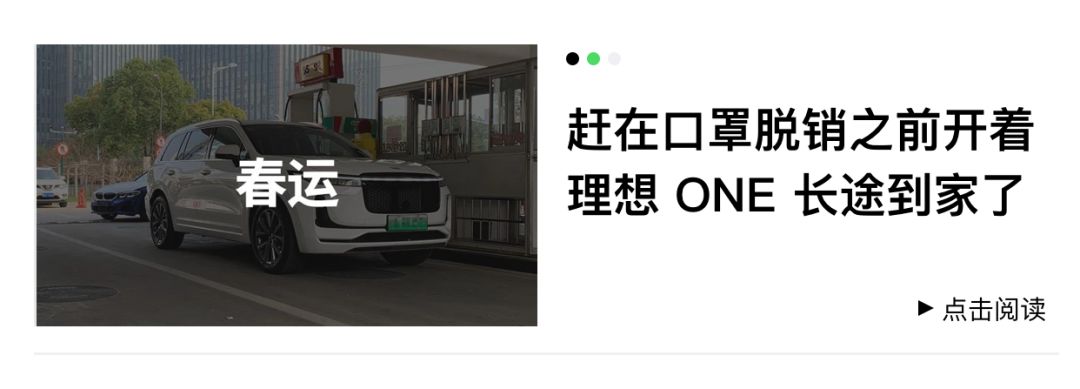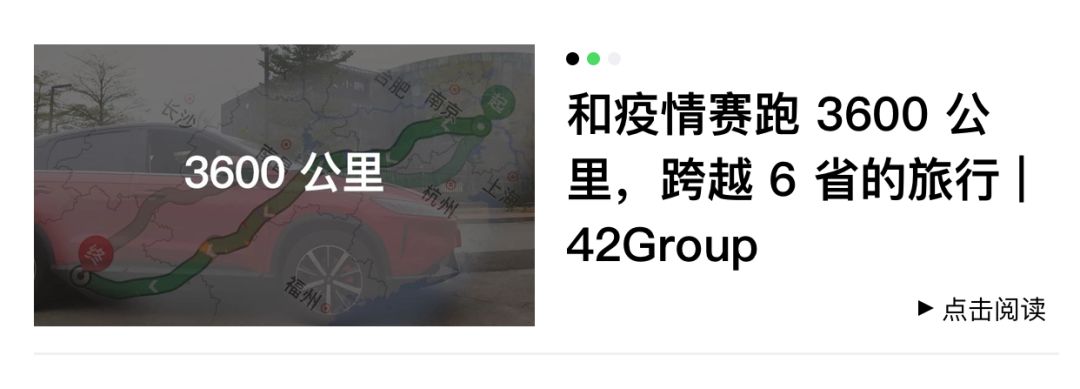Editor’s note: This article is from Lookyou, a member of the 42 community.
In February 2019, I obtained a Beijing new-energy vehicle license plate after spending all of last year stationed in Guangzhou and only having time to handle the vehicle registration and licensing procedures at the end of the year. About a week before the Chinese New Year, I purchased a BYD e3 high-endurance edition, noble model from a 4S store in Beijing. It has a range of 405 km and I received my official license plate on the morning of the 9th day after the start of the lunar year. After mounting the license plate, and preparing necessary water and food, I began to embark on a journey of more than 2,000 kilometers from Beijing’s Chaoyang District to Guangzhou, which traverses the north and south of China.
Before departure, we spent several days studying the strategies for long-distance driving in electric vehicles. Fortunately, we found a guide to charging stations for electric vehicles on the Beijing-Hong Kong-Macau Expressway that was summarized by someone who came before us via search on WeChat. It is divided into sections of Hebei, Henan, Hubei, Hunan, and Guangdong and each section is equipped with service areas with charging piles that match the national power grid standards, as well as the distances between service areas.
Although it is possible to find relevant charging station facilities by searching on Baidu Maps temporarily, this preparation is not sufficient. According to the strategies summarized by others, we clearly planned ahead the sections we would drive in advance and reserved about 150 km of mileage to prevent situations such as a queue for charging piles or charging pile faults at the first service area we arrived at.

DAY 1 Beijing-Zhao County, Hebei 355 km
- A bad start, a false alarm
We entered the expressway from Beijing city in the afternoon of the first day, with the original goal of heading to the service area in Baoding, Hebei, which is a distance of 195 km. The NEDC mileage of this BYD e3 is 405 km. As we had not driven on the highway during winter in the north before, we were unaware of how much the mileage would be reduced. Therefore, we would adjust the service area that we would stop at according to the actual changes in mileage.
Shortly after driving out of Beijing, the car display suddenly showed a warning that the tire pressure was low. It startled us. My wife, who was sitting in the passenger seat, quickly took screenshots and contacted the car after-sales service via WeChat. After-sales suggested us to drive to a service area and take the car to a repair shop to check the tire pressure. If there was no problem, then we could directly click the “reset” button in the menu.
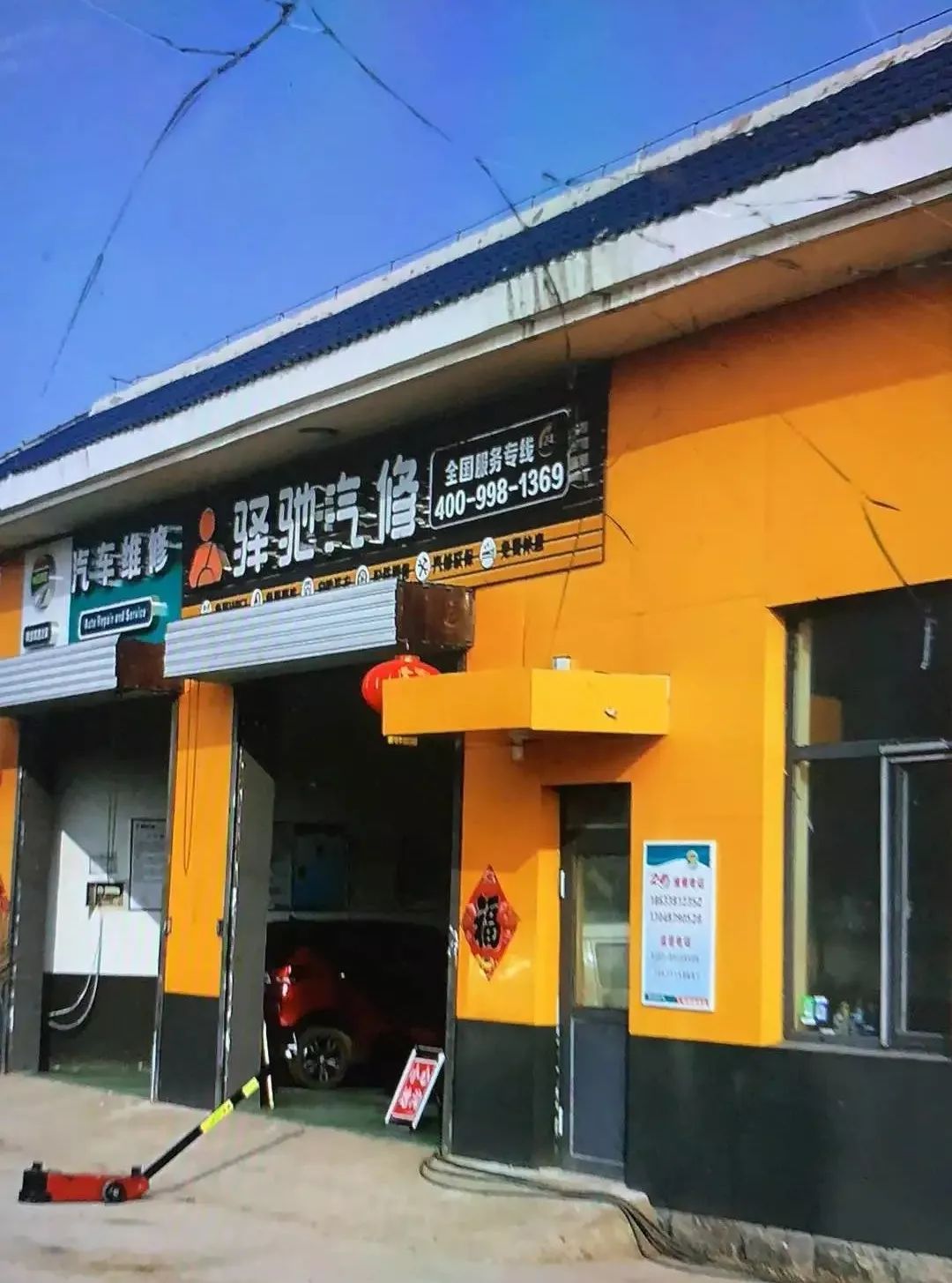 We decided to enter the Dingxing service area temporarily. The driver checked the tire pressure of all four wheels and found them to be around 2.8, which was higher than the standard of 2.5 in the manual. He suspected it was due to a mistaken warning from the new car system, so he let out some of the air and adjusted all four tires to 2.55, which cost us 20 yuan. After the inspection, we felt relieved.
We decided to enter the Dingxing service area temporarily. The driver checked the tire pressure of all four wheels and found them to be around 2.8, which was higher than the standard of 2.5 in the manual. He suspected it was due to a mistaken warning from the new car system, so he let out some of the air and adjusted all four tires to 2.55, which cost us 20 yuan. After the inspection, we felt relieved.
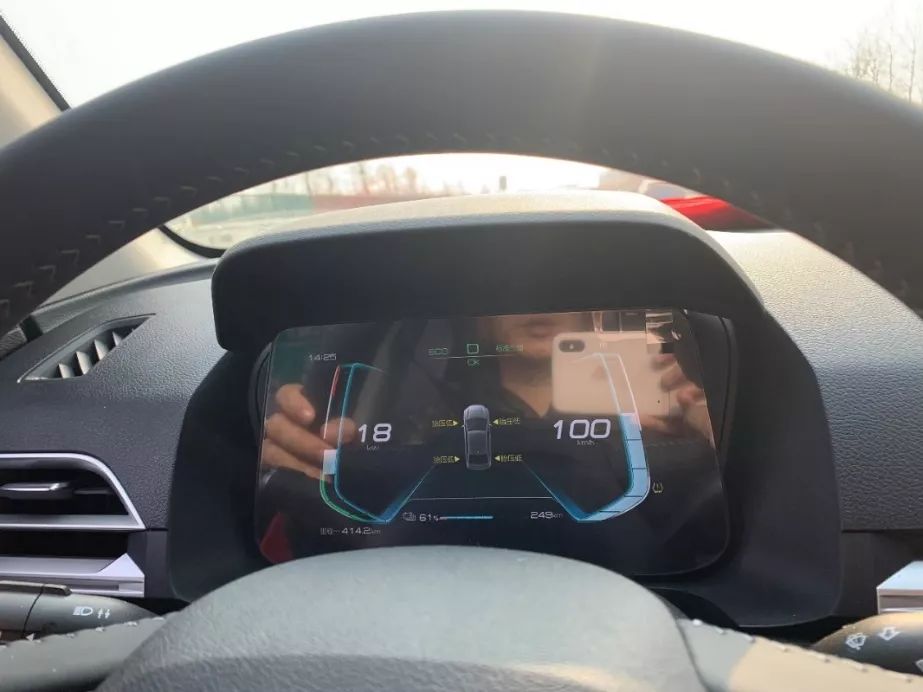
We also wanted to charge the electric car while we were at the service area. In the city, we only used the charging station in the mall, and had never tried the charging stations from State Grid. We found out that the State Grid charging stations were a standard equipped with four charging piles in Jinggangao service area, and we were unlucky to find that only one of the four piles was available. One car was already being charged with a charging progress of about 50%, one pile was faulty, and the other two piles’ screens were not sensitive to touch, making the scanning process impossible. We called the State Grid customer service and they helped to reboot the two faulty piles, but it didn’t work. We had to give up charging at this service area and try our luck at the next one.
After driving for 140 km, we finally arrived at Xushui and successfully scanned and charged the car to about 50% remaining battery capacity. We were satisfied that the charging power of the State Grid charging piles was relatively high, reaching 33-48 kW. In the later stage of charging, in order to protect the battery, the charging power would drop to about 20 kW at 80%-90%, and to about 10 kW at 90%-100%. The charging process took us about 45 minutes.
After finishing charging, remember to close the cover of the charging port. I almost forgot to close the cover once, focusing only on returning the charging gun to its place…
Through this journey, we can see that it is necessary to reduce the expected mileage by 40% for an electric vehicle driving on the expressway in low temperature winter. Try not to push the limits too much. If it is not very cold, don’t turn on the air conditioning or heated seats. Finally, reserve more than 100 km of battery for the next service area.
- Camping in Zhao county
My wife and I took turns driving. She drove from Xushui service area to Zhao county service area in the second leg, about 215 km. Due to the epidemic and the extension of the holiday season, there were hardly any cars on the expressway, and the entire Jinggangao expressway seemed like our exclusive car runway.
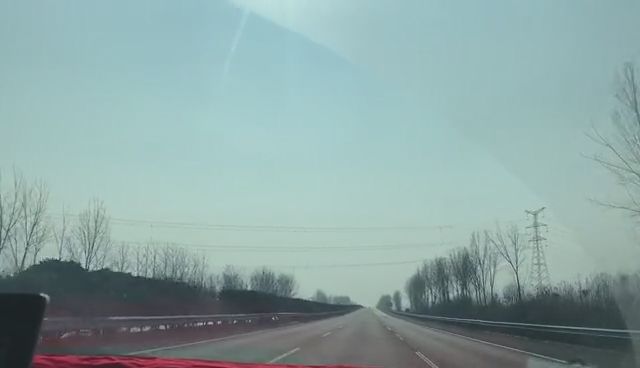 ## When approaching Zhao County around 7 pm, the sky was getting darker and it was hard to see without high beam headlights on. We stopped at Zhao County service area for charging and had dinner. As it was already getting dark, we booked a cheap hotel nearby via Ctrip for safety concerns. Upon exiting the county, we went through temperature check and had to register our license plate, ID card, and destination. To our surprise, we found out that Zhao County, which we thought was remote, is actually a tourist attraction with famous attractions like the Zhaozhou Bridge and a Buddhist temple. However, we couldn’t spare time to enjoy as we had to rush to our destination the next day.
## When approaching Zhao County around 7 pm, the sky was getting darker and it was hard to see without high beam headlights on. We stopped at Zhao County service area for charging and had dinner. As it was already getting dark, we booked a cheap hotel nearby via Ctrip for safety concerns. Upon exiting the county, we went through temperature check and had to register our license plate, ID card, and destination. To our surprise, we found out that Zhao County, which we thought was remote, is actually a tourist attraction with famous attractions like the Zhaozhou Bridge and a Buddhist temple. However, we couldn’t spare time to enjoy as we had to rush to our destination the next day.
DAY 2: Hebei Zhao County – Hunan Yanglousi Service Area 1000 km.
We hit the road at 6:30 am the next morning with a plan to arrive in Guangzhou in three days. The first day was scheduled to stay overnight at Henan Zumadian Service Area after departing from Zhao County. The second day was planned to stop at Hunan Pingjiang Service Area and return to Guangzhou on the third day. Due to the pandemic, we wanted to minimize staying in Hubei at night. However, things went smoothly for us on the second day. We drove about 180 km before charging and resting at a service area for an hour. After that, we swapped drivers and arrived at Henan Zumadian Service Area at 3:30 pm, much earlier than planned. In order to avoid running out of battery on the way from Henan to Hunan, which was a total distance of 294 km while our standard range was only 405 km, we decided to make a detour by charging at Xiaogan Service Area in Hubei first and then heading directly to Hunan Yanglousi Service Area, which was a shorter distance of 184 km, for safety concerns.After entering Hubei province, we started to feel a little nervous and closed the car windows. However, we found that after closing the windows, the windshield fog became heavier, so we had to slightly open the side windows to reduce the temperature inside the car, and the windshield slowly became clear.
At night, the sky was very dark and we needed to turn on the high beam headlights throughout the journey, trying to stay on the same lane. Unless we encounter large trucks or very slow-moving vehicles ahead, there is no need to change lanes frequently. In Hubei section, even with high beam headlights, it is difficult to see the scenery ahead in heavy fog weather, so we can only focus on keeping within the lane and following the taillights of the front vehicles.
Upon entering the Xiaogan service area, the workers in protective clothing sprayed disinfectant on the car before we could enter. When we were charging the car in the service area, we were quite nervous and put on two layers of masks before getting off the car to charge. After using the restroom, we quickly returned to the car to rest.
Around 12 o’clock at night, we arrived at the first service area in Hunan Province, Yanglousi Service Area. I drove mostly during this segment of the journey, covering about 360 km continuously. I felt quite tired and planned to rest on-site in the service area after charging.
Here are some tips for resting and keeping warm in service areas. There is boiled water available and it is generally 70-80 degrees Celsius hot. We can use several mineral water bottles to hold warm water and make our own hand warmer to warm up our cold hands and feet. During the charging process, the car needs to be shut down and unplugged, and the heating and air conditioning cannot be used. After the battery is fully charged, we can recline the front seats and turn on the heating and air conditioning to sleep quite comfortably in the service area overnight.

DAY 3 Yanglousi Service Area, Hunan — Guangzhou City 850 km
We arrived smoothly and had a scenic journey along the way.
We rested in the service area until 6 a.m. the next day and started our journey across Hunan Province. We clearly felt the difference in geography between the north and south. Compared with the cold and desolate north, the Hunan section is full of lush greenery and spring scenery. The lanes of the Jinggangao Expressway switched from the wide four-lane road in the north to the two-lane road in the south with hills and slopes rather than flat plains.
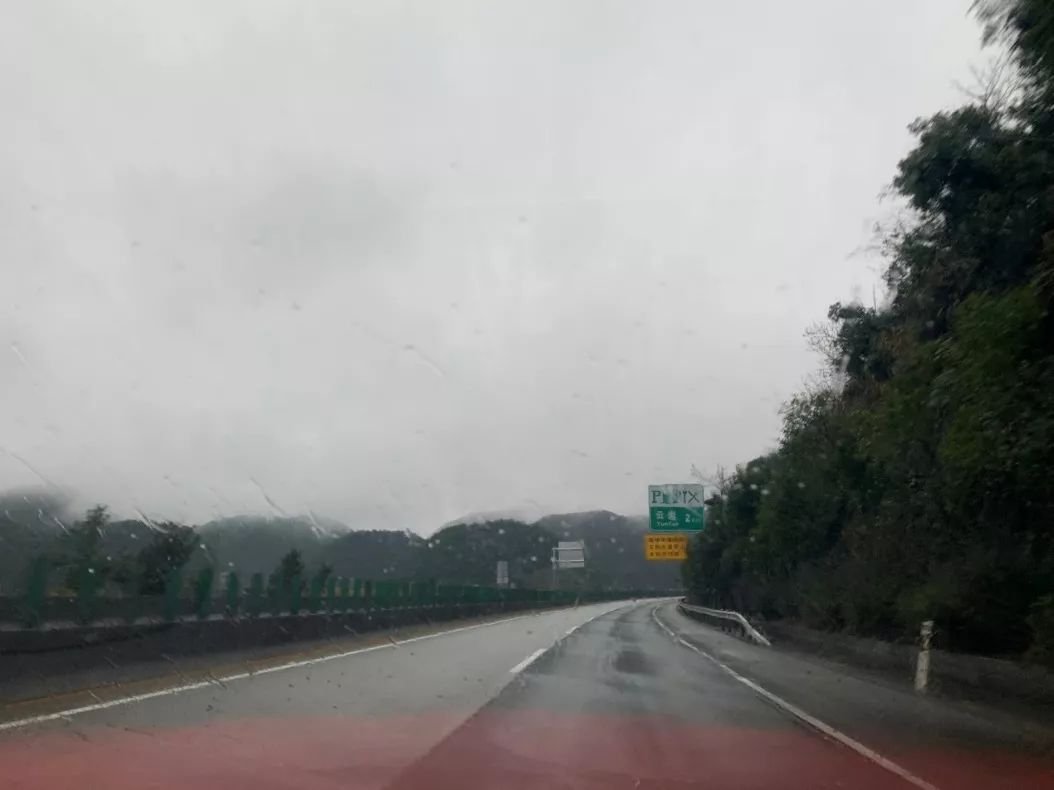
In the morning, we encountered rainy weather. When the rain was light, we could choose the slow-speed wiper that automatically adjusts according to the rain pressure to clean the rainwater on the windshield. Later, as the rain became heavier, we gradually needed to adjust to the medium-speed or high-speed wiper to see clearly ahead.Rainy day and slippery road, try to maintain a constant and smooth speed while driving. When overtaking a large truck in front, grip the steering wheel tightly, as the truck’s rear wheels will splash a large amount of water that can affect the car’s visibility. Therefore, it is necessary to seize the opportunity to overtake decisively and quickly, and choose to merge after throwing off the large truck for a distance.
From the Hunan section to the Guangdong section of the Beijing-Hong Kong-Macau Expressway, you can see the beautiful scenery of the towering mountains and ranges that are rarely seen surrounded by clouds and fog. You can relax and enjoy the scenery while driving. When returning to the Yueba North Service Area at the Guangdong entrance, we encountered a relatively strict quarantine checkpoint. The vehicle drivers need to register vehicle and personnel information through the “Yue Sheng Shi” WeChat mini program and undergo temperature screening. As the traffic was not heavy on the day, we only had to wait for less than half an hour, but colleagues had previously said that during peak hours, they had to wait for two hours to pass through.
At the Qujiang Service Area in the Guangdong section, we went to charge our car and found that the charging station is now operated by Southern Power Grid instead of the State Grid. We need to download the “Shun Yi Charge” app. The infrastructure of the Southern Power Grid’s charging station is more modern than the State Grid’s. Each service area is equipped with 8 charging poles, and the charging power can reach up to 50 kW, and the current is about 129 A, which is the highest I have seen in so many times of charging. It took about 50 minutes to fully charge. When we traveled within Guangdong province, we almost couldn’t find the trace of the State Grid charging station anymore, and had to switch to Southern Power Grid charging stations.
The most impressive part of this journey in Guangdong is the pouring rain that happened at night. Even the highest frequency of the wipers could barely see the road ahead. Additionally, some highway sections were crushed by large trucks for a long time, making the white lane markings blurry. The clear white lane markings on the expressway are the lifeline for us drivers. We hope that the highway management can arrange maintenance and repair as soon as possible.
Summary:
To briefly share our experience on this journey, we had never used the State Grid’s fast charging before departing. We had only tried the Tesla supercharger, which has a maximum power of only ten or so kW, and it took more than 6 hours to fully charge at the free slow charging station in our company’s garage. We were worried that if the charging speed at the highway charging stations was also so slow, we would have to recharge until it gets dark after driving only a short distance.
However, since we decided to take this self-driving trip, we will not hesitate anymore. With a hint of worry, we embarked on the journey. We did encounter a situation where the first charging station we found wasn’t easy to use, but the charging speed of the rest area charging stations we encountered later was quite satisfactory, with charging power ranging from 30-50 kW. It only took about an hour to fill up from around 30%.
Overall, this speed is still acceptable. After driving about 200 km, we can rest, go to the bathroom, stretch our muscles, eat some food and enjoy the scenery at the service area for an hour. It is not necessary to rush, and we must avoid fatigue driving and put safety first when driving on the expressway.Driving the BYD e3 on the expressway, the overall feeling is that the car is relatively smooth to control. Although the acceleration speed is not fast, the maximum speed can reach nearly 130 km/h. When overtaking and changing lanes, the control still feels quite flexible.
Although the weather is cold in the north and electricity consumption is high during high-speed driving in winter, the mileage is basically reduced by about 30-40%. However, we made a strategy in advance and adopted a step-by-step and steady approach. The complete supporting facilities along the Jinggangao Expressway gave us sufficient calmness and confidence for long-distance driving.
The expressway is unimpeded and beautiful scenery is visible along the way. This is also the first time I have experienced the change of seasonal scenery when driving from north to south. It was a refreshing experience. A bit tired, but happy!
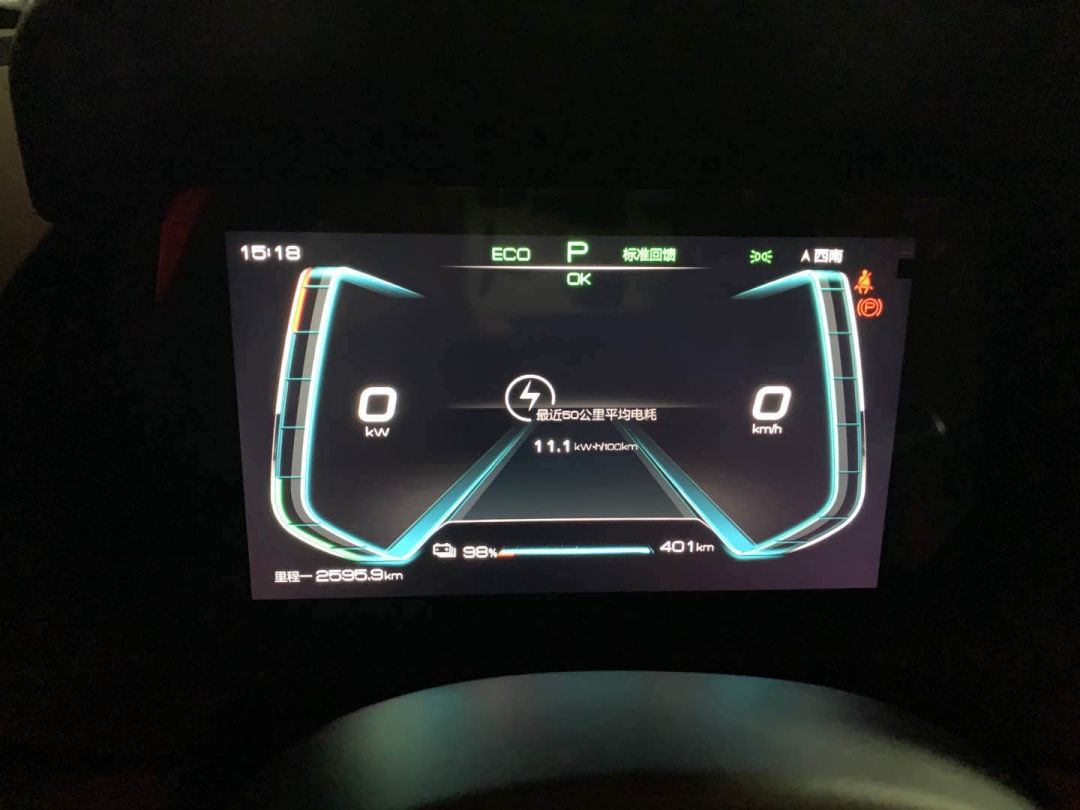
The total driving mileage of the BYD e3 after arriving at the destination.
Rambling on, I have unknowingly finished writing. Overall, this two-thousand kilometer long-distance dash along the Jinggangao Expressway went relatively smoothly, mainly due to our preparations in advance.
There is also one thing to note. Although Baidu Maps recommended a shorter route such as taking the Daguang Expressway from Beijing and the Leguang Expressway from Hunan to Guangdong, we insisted on the Jinggangao Expressway route, even if it meant driving a few dozen kilometers more. Because we know that electric cars are not afraid of long distances, but are afraid of not finding a charging service station in time along the way. As long as we follow the Jinggangao Expressway, there is basically a service area with charging stations every 30-50 km. The strategy clearly marks the service area names and distances equipped with charging piles, giving us more confidence.
Finally, I hope this long-distance driving note can provide some necessary experience for electric vehicle enthusiasts. Thank you.
Author: LOOKYOU
Editor: Wang Song Song
Can’t resist the power of your knowledge reserves? No problem, the garage gives you a chance~ Whether you are an electric vehicle user or a practitioner in the related industry, as long as you are interested in the following content, you are welcome to submit your article to us (please add WeChat: taobmx).
We welcome the following content:
- Real car experience 2. Long-distance self-driving experience sharing 3. Industry technology interpretation 4. Personal car cheats
If the submission is approved, you can receive the exquisite prizes we give away and join the core author group of Garage 42 to communicate and exchange with more top experts.
 “`markdown
“`markdown

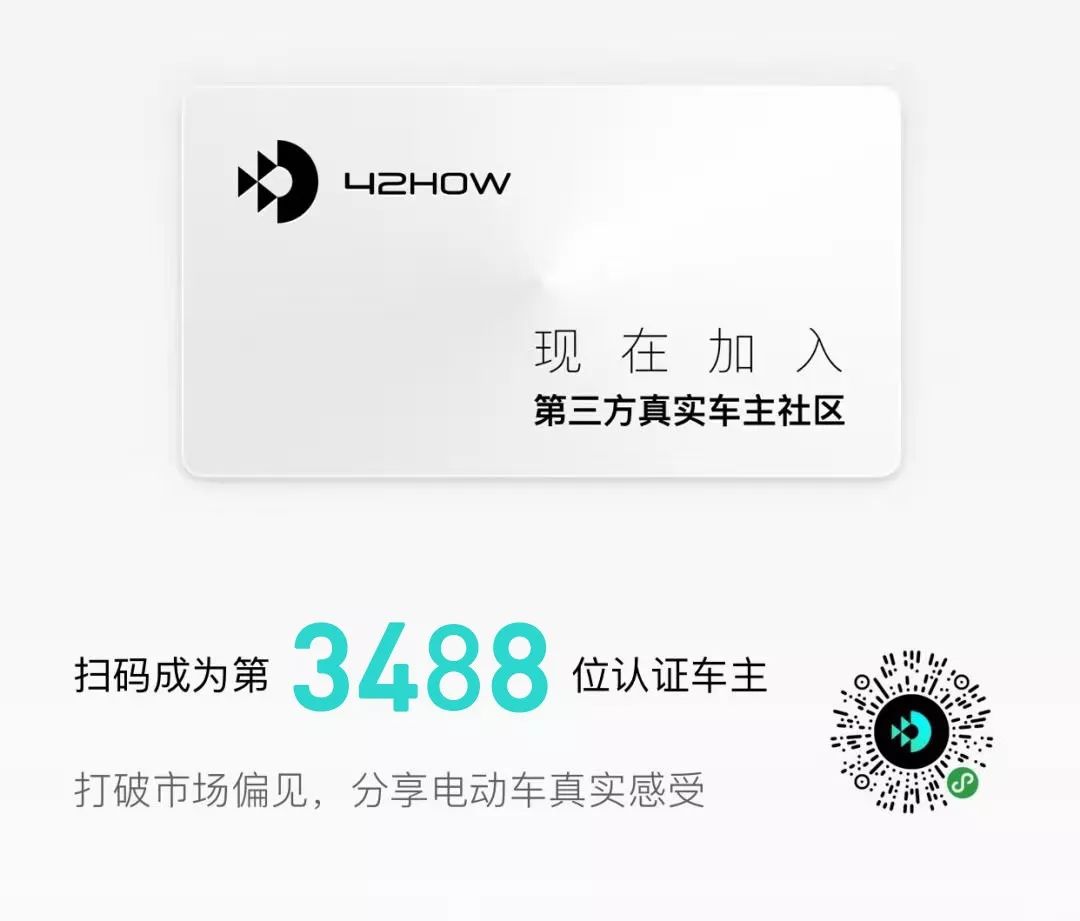
“`
This article is a translation by ChatGPT of a Chinese report from 42HOW. If you have any questions about it, please email bd@42how.com.
